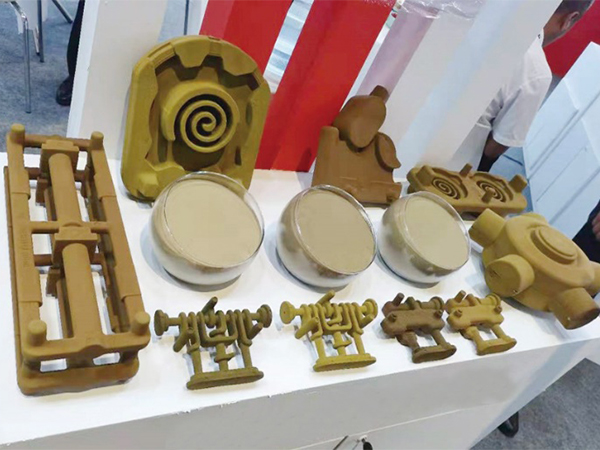The Essential Guide to Cast Iron Sanding
Cast iron, known for its durability and excellent heat retention, has long been a favorite material in both cooking and various industrial applications. However, to maximize its potential, especially for cookware, proper maintenance and preparation are essential. One crucial aspect of maintaining cast iron is sanding. This article will explore the process and importance of cast iron sanding, providing a comprehensive guide for enthusiasts and professionals alike.
Why Sand Cast Iron?
Sand the surface of cast iron cookware and items to remove rust, imperfections, or old, flaking seasoning. Ensuring a smooth surface promotes more effective seasoning and helps enhance the non-stick properties of the cookware. Additionally, a well-sanded finish can improve the aesthetic appeal of cast iron pieces, making them more visually pleasing and functional.
Tools Needed
To begin sanding cast iron, a few essential tools and materials are required
1. Sandpaper Use various grits, starting with a coarse grit (like 80-120) and gradually moving to finer grits (up to 400) for a smooth finish. 2. Sanding Block This tool can help apply even pressure while sanding, ensuring a uniform surface. 3. Protective Gear Safety gloves and masks are recommended to protect your hands and lungs from dust. 4. Cleaning Supplies After sanding, you’ll need a good cleaning solution and cloths to remove dust and debris.
cast iron sanding

The Sanding Process
1. Preparation Start by cleaning the cast iron piece thoroughly in hot, soapy water to remove any grease or residue. Dry it completely before proceeding to ensure the sanding process is effective.
2. Sanding Begin with the coarse sandpaper, employing circular motions or back-and-forth strokes to remove any rust or old seasoning. Focus on particularly rough areas without applying too much pressure, which could damage the cast iron. Once you’ve achieved your desired level of smoothness with the coarse grit, move to the finer sandpaper to further refine the surface.
3. Cleaning Again After sanding, it’s crucial to clean the item again to remove any metal particles or dust. Use a damp cloth or sponge and make sure to dry it immediately.
4. Seasoning Once your cast iron is clean and smooth, it’s time to re-season it. Apply a thin layer of cooking oil (such as flaxseed or vegetable oil) and bake it upside down in the oven. This step is vital as it restores the protective layer, preventing rust and improving its non-stick capabilities.
Conclusion
Sanding cast iron is a fundamental practice for anyone serious about maintaining their cookware or other cast iron items. By carefully removing imperfections and properly preparing the surface, you can extend the life of your cast iron and enhance its cooking performance. With the right tools and techniques in hand, you can ensure that your cast iron remains a staple in your kitchen for generations to come. Whether you're a seasoned chef or a casual cook, mastering the art of cast iron sanding is a skill worth developing.
Post time:sep . 29, 2024 02:13
Next:Choosing the Best Tools for Sanding Your Resin Projects Effectively
